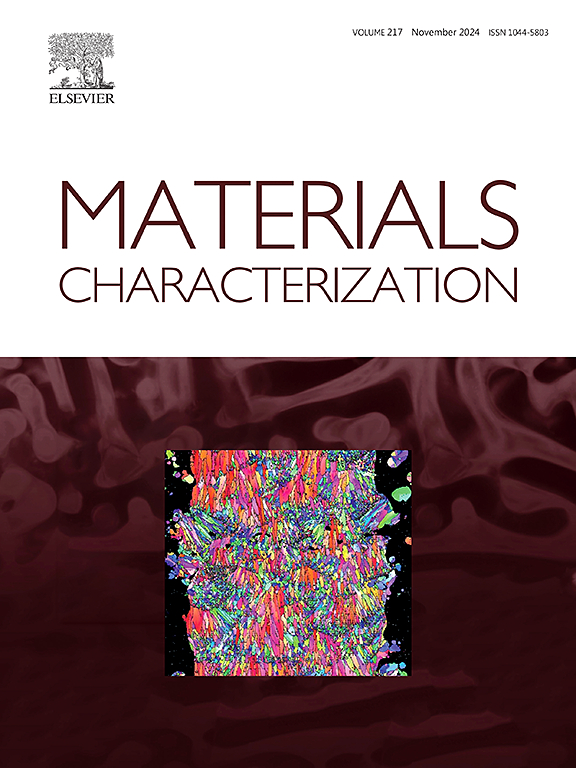Press-forming of aluminum foam and estimation of its mechanical properties from X-ray CT images using machine learning
IF 4.8
2区 材料科学
Q1 MATERIALS SCIENCE, CHARACTERIZATION & TESTING
引用次数: 0
Abstract
Forming aluminum foam into the desired shape is essential for actual product application, but aluminum foam is difficult to form. In this investigation, we attempted to press-form aluminum foam immediately after foaming the precursor and employed a neural network to estimate the properties of the press-formed aluminum foam from X-ray CT images. It was found that it was possible to press-form the aluminum foam immediately after foaming while maintaining the pores. The resulting aluminum foam exhibited a similar compressive behavior to non-press-formed aluminum foam. In addition, it was found that a neural network model for the estimation of plateau stress from X-ray CT images of non-press-formed aluminum foam can be created by training on a dataset of X-ray CT images and plateau stress obtained from actual compression tests of aluminum foam. From X-ray CT images, it was also suggested that this neural network model can also be used to estimate the plateau stress of press-formed aluminum foam that retains pores. That is, it was suggested that the neural network model created utilizing X-ray CT images can be employed to estimate the properties of products even when they are press-formed into complex shapes and their properties are difficult to evaluate.
求助全文
约1分钟内获得全文
求助全文
来源期刊

Materials Characterization
工程技术-材料科学:表征与测试
CiteScore
7.60
自引率
8.50%
发文量
746
审稿时长
36 days
期刊介绍:
Materials Characterization features original articles and state-of-the-art reviews on theoretical and practical aspects of the structure and behaviour of materials.
The Journal focuses on all characterization techniques, including all forms of microscopy (light, electron, acoustic, etc.,) and analysis (especially microanalysis and surface analytical techniques). Developments in both this wide range of techniques and their application to the quantification of the microstructure of materials are essential facets of the Journal.
The Journal provides the Materials Scientist/Engineer with up-to-date information on many types of materials with an underlying theme of explaining the behavior of materials using novel approaches. Materials covered by the journal include:
Metals & Alloys
Ceramics
Nanomaterials
Biomedical materials
Optical materials
Composites
Natural Materials.
 求助内容:
求助内容: 应助结果提醒方式:
应助结果提醒方式:


